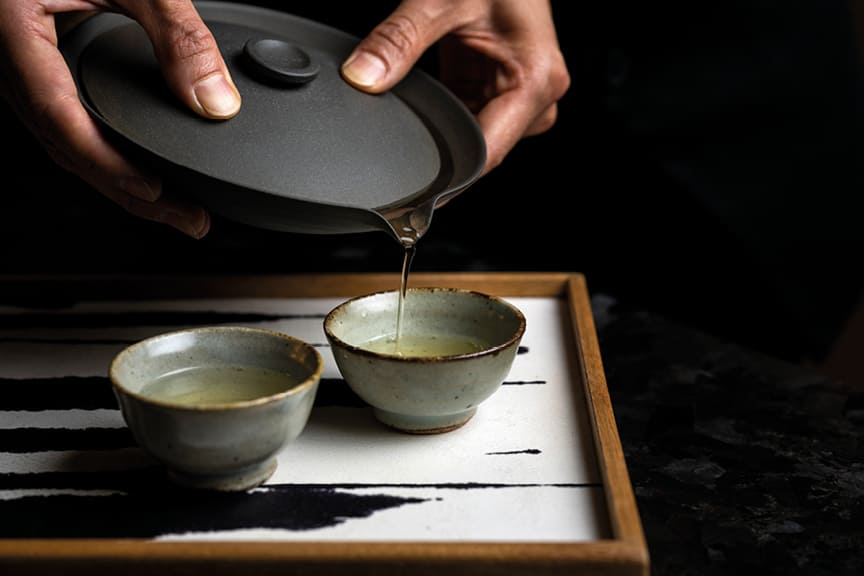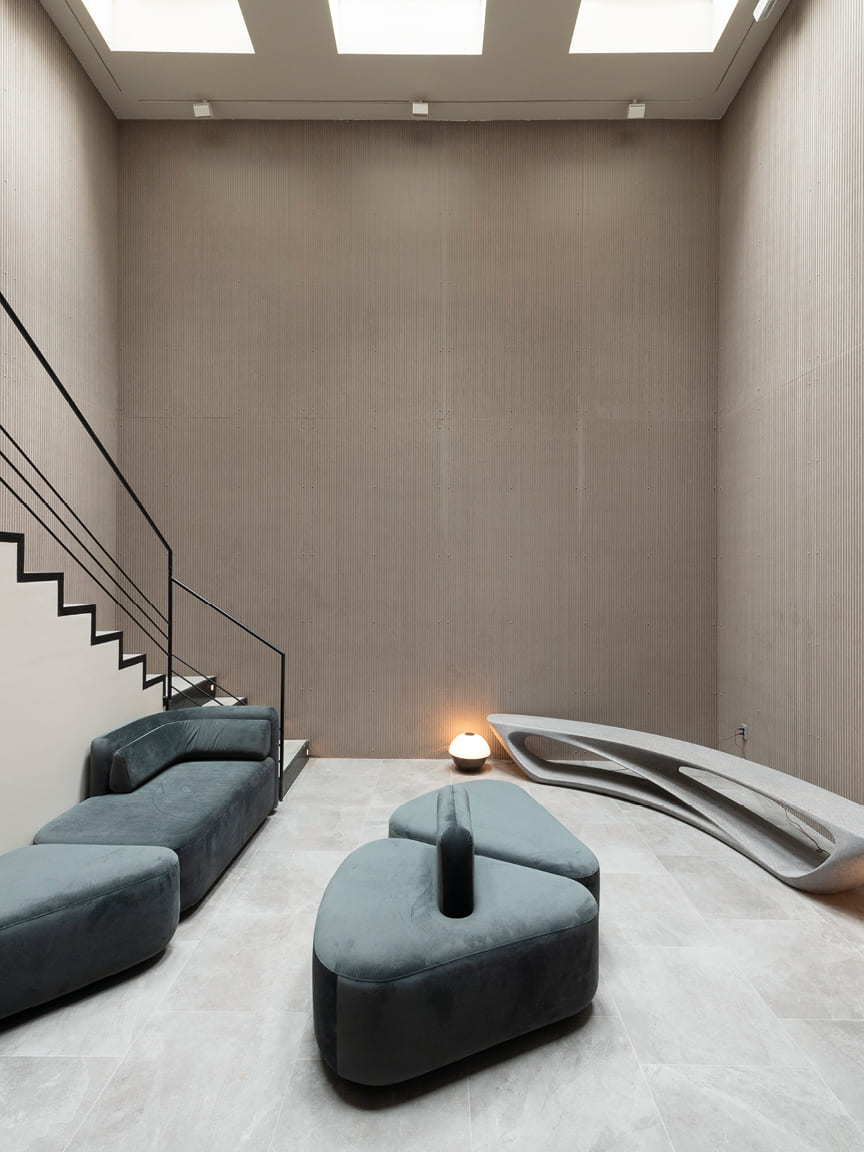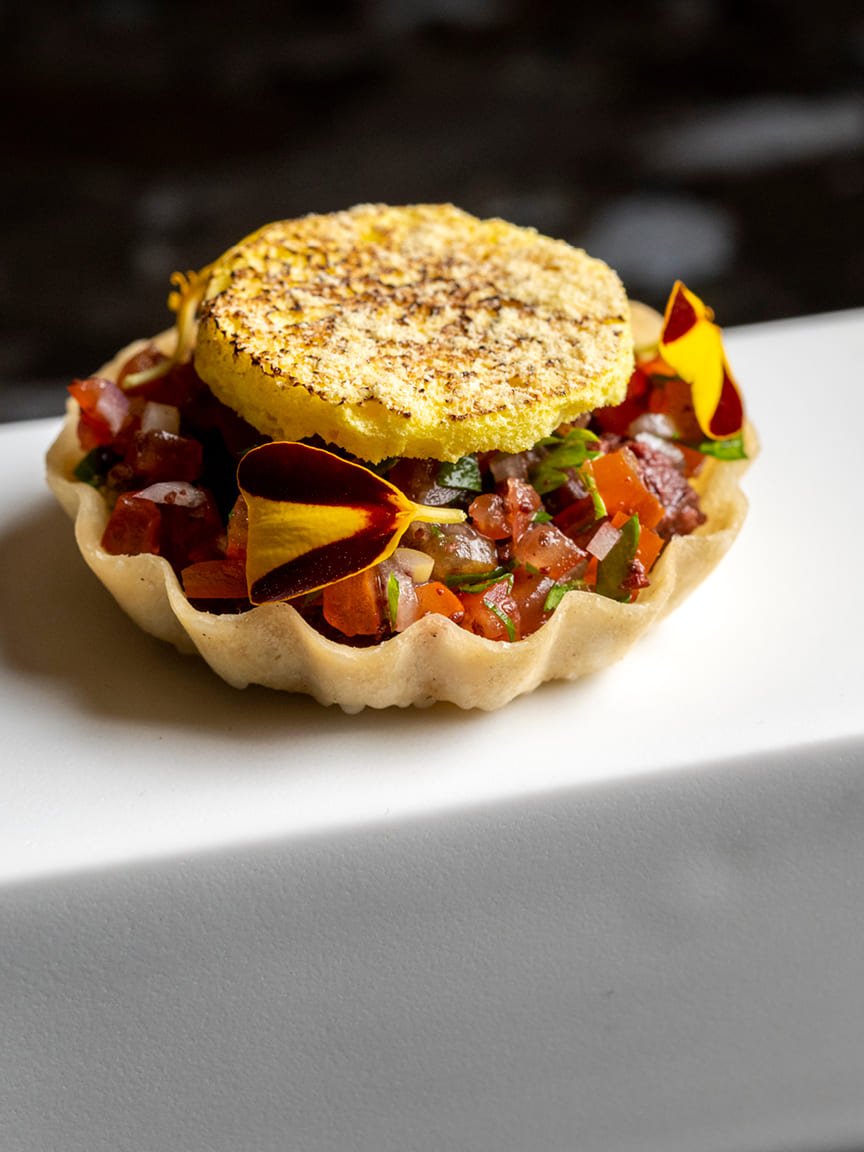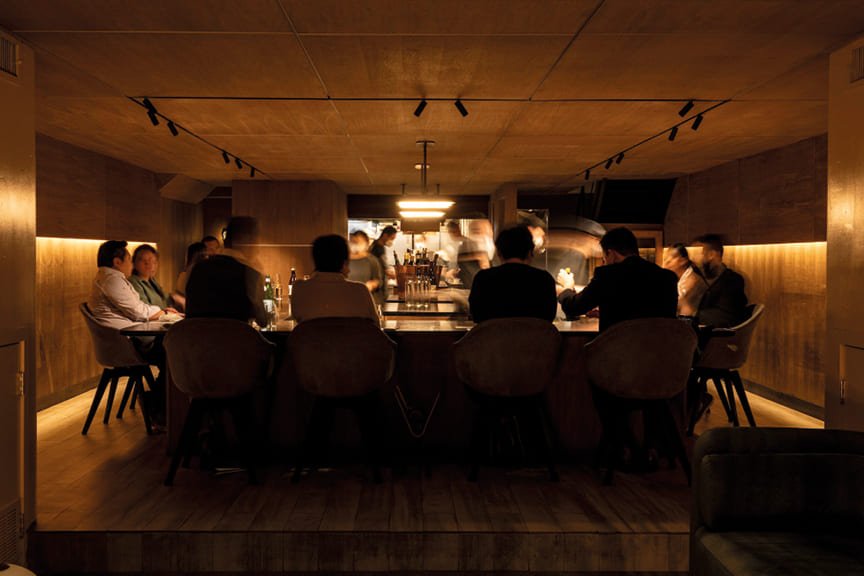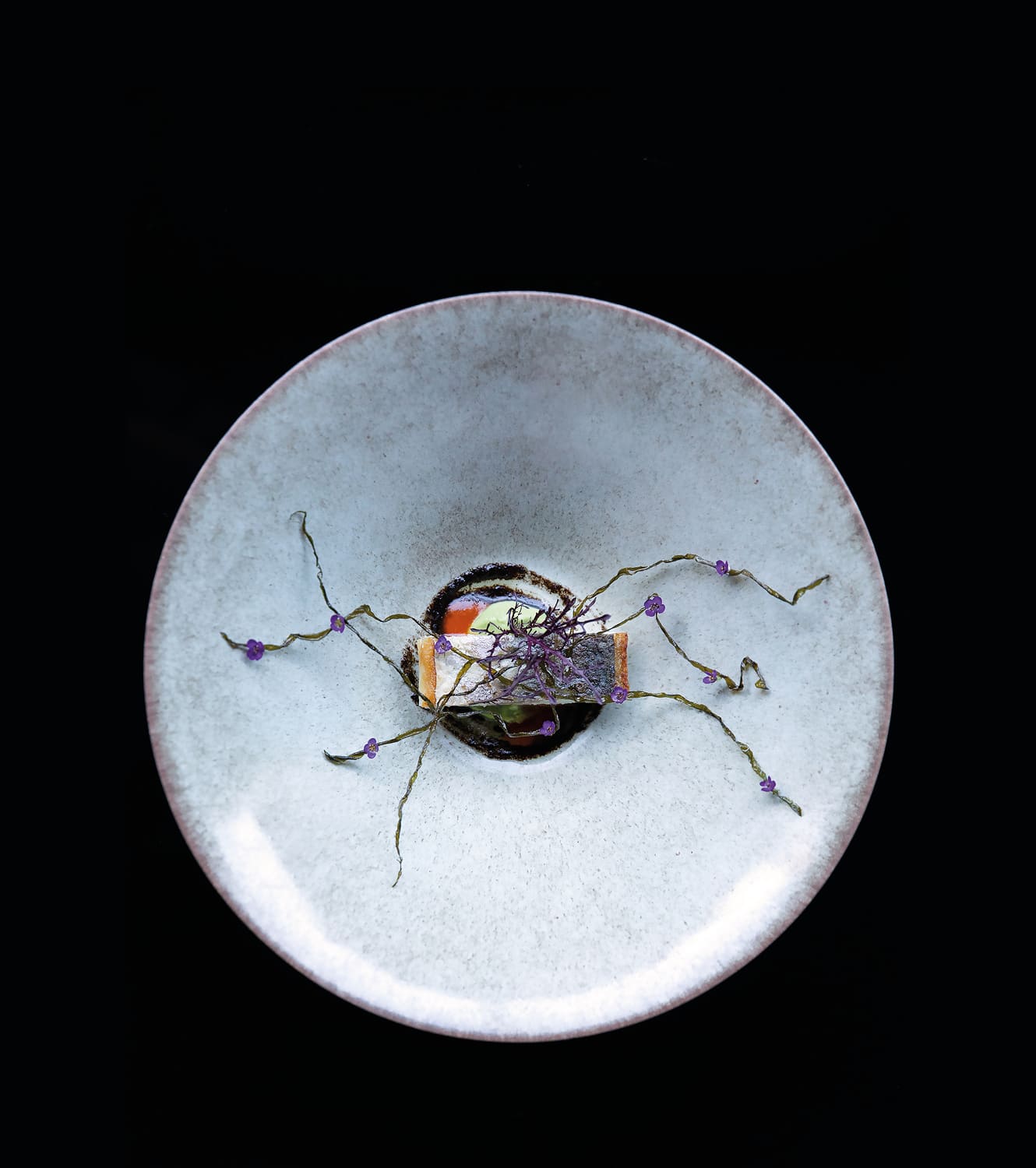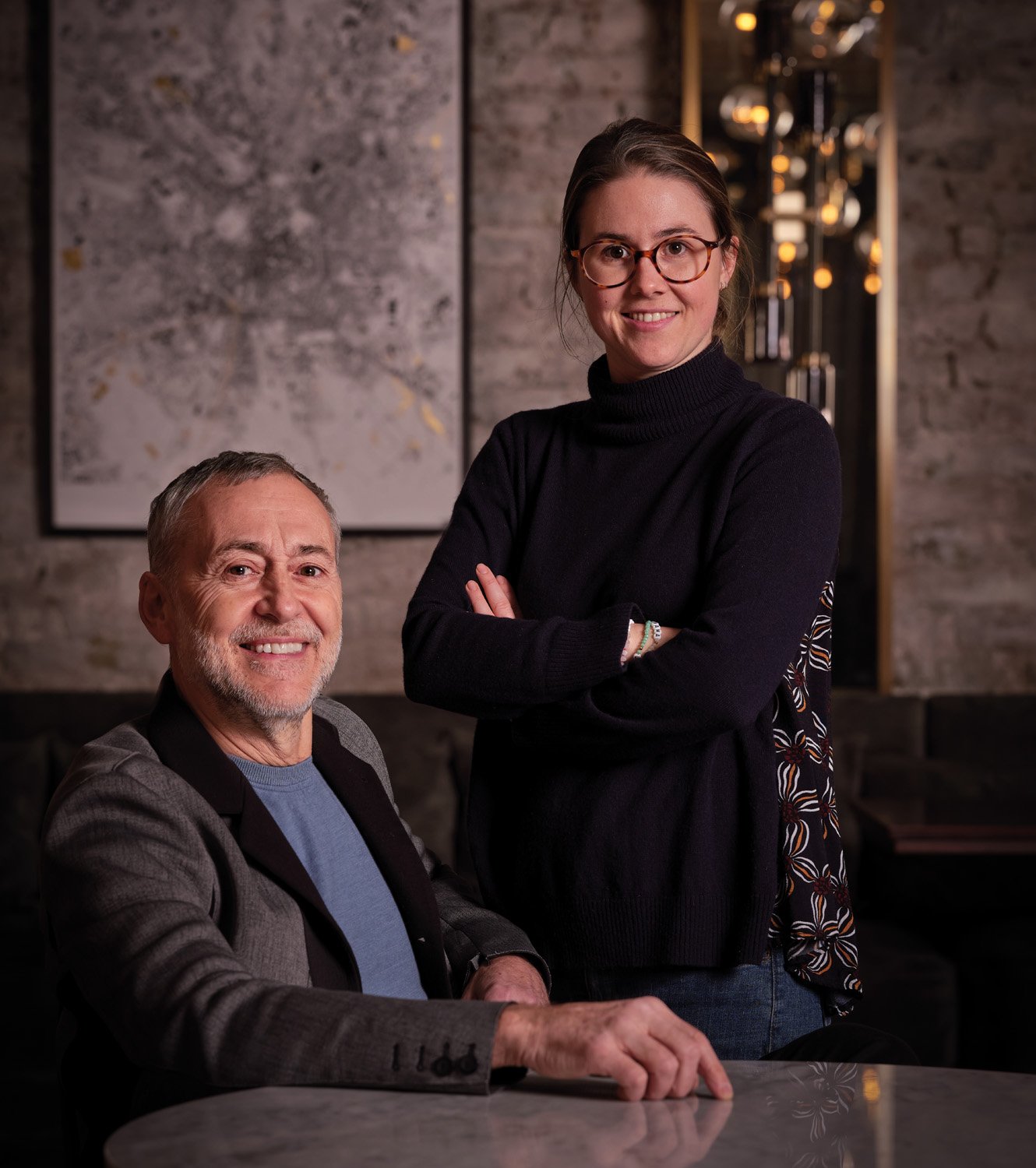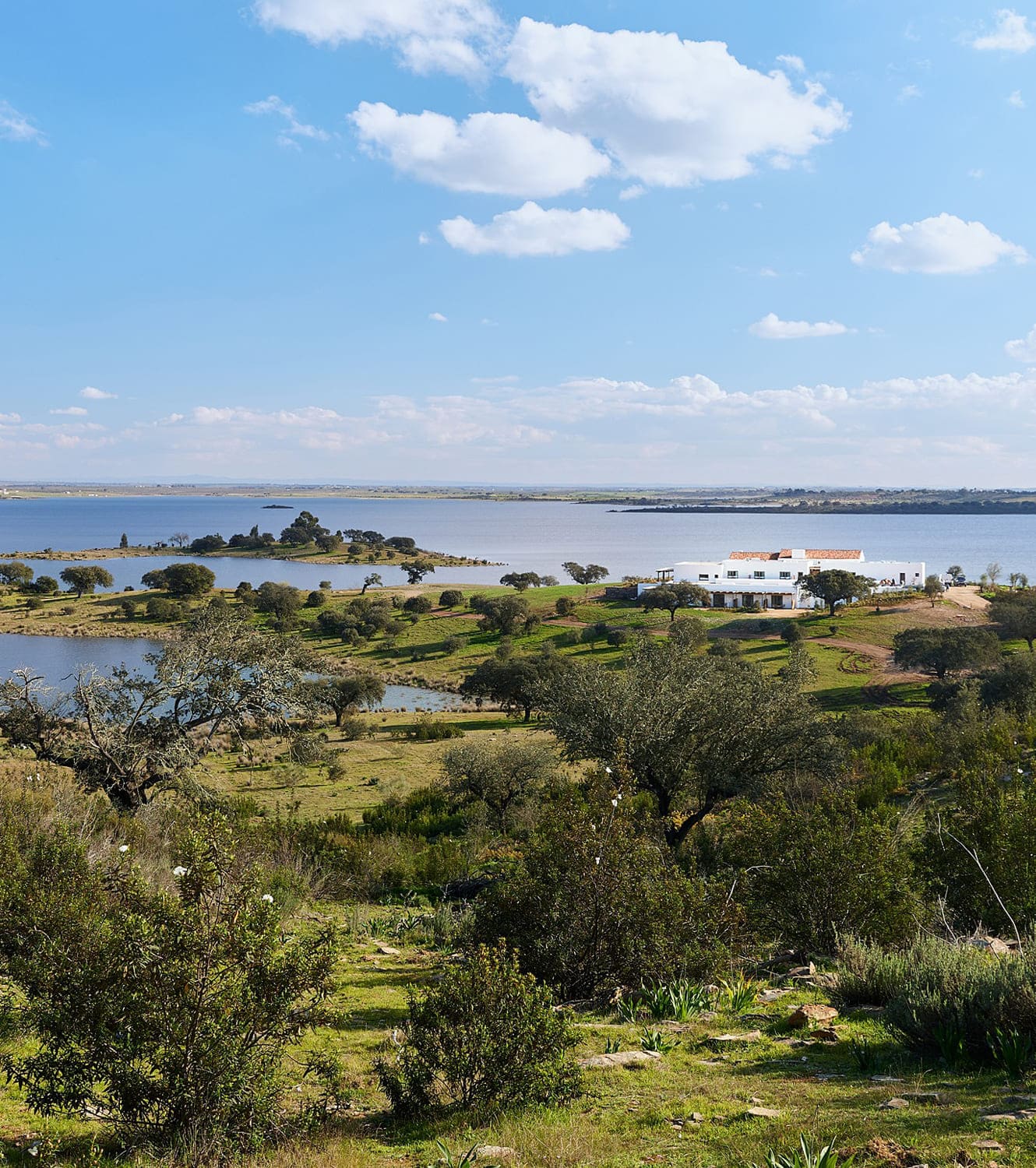
RECIPES FOR SUCCESS
How is the US fine dining scene adapting to new tastes? Virginia Miller finds out what are the essential ingredients needed to cook up unforgettable dining experiences from San Francisco to New Orleans
The pandemic threatened to quell fine dining. When Danish chef René Redzepi announced the 2024 closure of one of the world’s most famous restaurants, Noma, and talked of fine dining’s infeasibility, the trajectory seemed confirmed. Yet in American cities like San Francisco, tasting menu restaurants, often casual, continue to open at a steady clip, with newcomers like Nisei, Noodle in a Haystack, Osito and Aphotic garnering Michelin stars within a year, even months, of opening.
In the US, upscale restaurants globally continue to draw accolades like Michelin and The World’s 50 Best Restaurants, while Michelin expands across the country. Demand for special occasion, inspired restaurants is alive and well – but how is the American fine dining scene adapting to new sensibilities and trends?
Quality ingredients, ethics and storytelling all appear crucial in many of the most acclaimed spots, including San Francisco’s aforementioned Aphotic, a unique seafood-only restaurant that only opened in March 2023 but has already gained a Michelin star and a Michelin Green Star. As a world leader environmentally for decades, California pioneers in restaurant eco- sustainability too. Out of 359 Green Star restaurants worldwide, there are 17 in the US, with 15 in California.
The Green Star, admits Aphotic chef Peter Hemsley, is groundbreaking for a seafood restaurant. “We source directly from fishermen by meeting them at the dock, their aquaculture farm, or they send directly to us. It’s a pretty basic thing, to know where your product comes from, but in the fish industry, particularly in the US, provenance of fish has been a gray zone for so long. I hope that changes.”
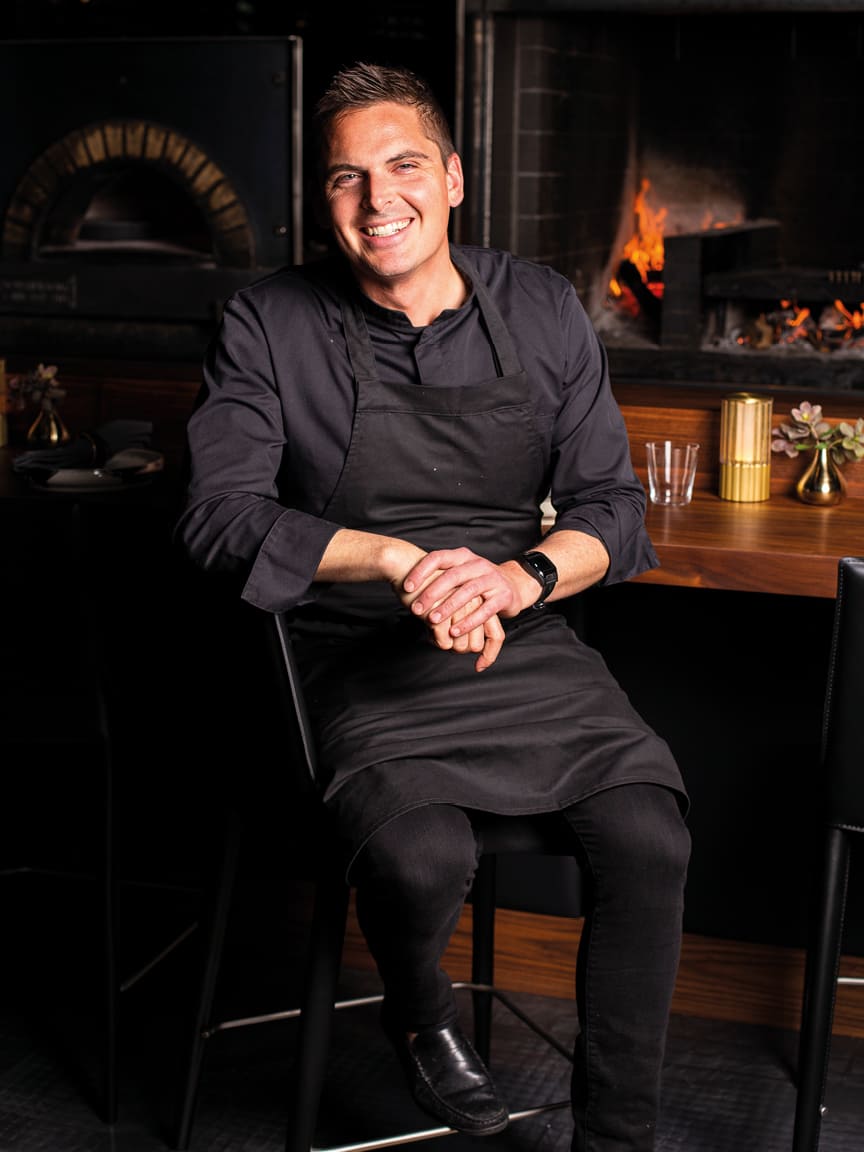
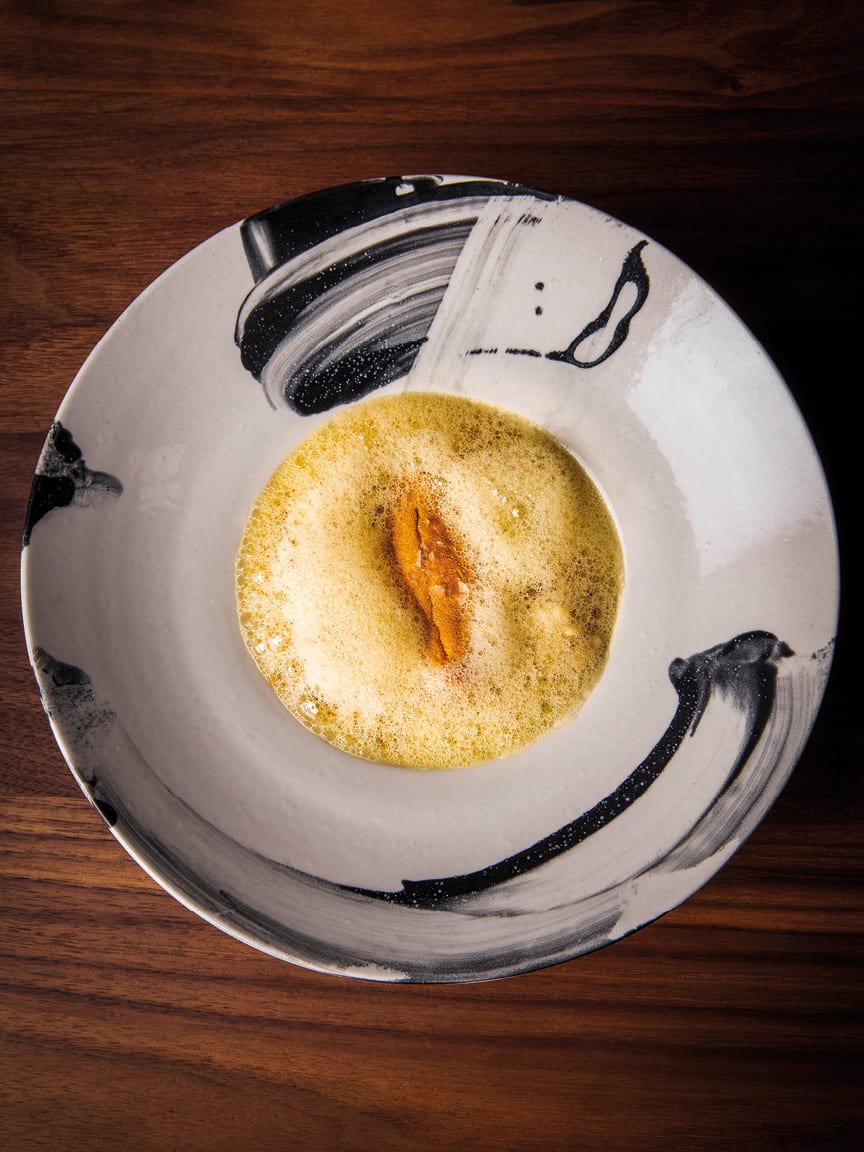

Aphotic chef Peter Hemsley, risotto, and Black Sea old fashioned cocktail
BAY WATCH
From sparking farm-to-table back in the 1970s to pioneering meatless and fishless meats and fish today, San Francisco remains on the cutting edge of fine dining, with the second most Michelin-starred restaurants in the US between New York and Chicago (though San Francisco is one-tenth and one-fifth the size of those cities respectively.) While San Francisco’s upscale legends of past decades remain, a few dozen tasting menu restaurants open annually, many quickly garnering national acclaim.
Garnering a Michelin star just over a year after opening, the city’s Noodle in a Haystack is a ten-seat counter that feels somewhat like eating in husband-and-wife Clint and Yoko Tan’s home. A sign of how fine dining is changing, the Japanese duo are self-taught chefs who came from finance, and who honed their passion for Japanese cooking, ramen and pastry to shockingly perfected levels.
A few neighborhoods over, chef Ryan Shelton brilliantly weaves together a painstakingly detailed new menu, plating and decor every few months in the eight-seat Merchant Roots, his wine shop. His themes run from Californian trees and the novel Vanity Fair, for its exploration of class differences and decadence, to a mermaid feast featuring only ingredients found on the seashore and in the sea. Each of Shelton’s menus are whimsical, thoughtful and unlike anything else going on in the nation.
Another recent San Francisco stunner is Osito, which earned a Michelin in less than a year. It’s 100 percent live fire cooking in full view of a single, long table of diners. Formerly homeless and a drug addict, chef Seth Stowaway impressively turned his life around in restaurants, making bold and daring choices on the plate, serving the likes of guinea hen multiple ways (including raw), or imaginative animal parts, such as beef tendon gelatin over trachea, plums, melon, guajillo peppers, peanuts and jam in a beef cheek pho broth.
NORTHERN STARS
In Chicago, Michelin-starred restaurants like El Ideas and Parachute have held sway with that California-casual kind of tasting menu, alongside the city’s fancier fine dining greats. Chef Phillip Foss lives above his BYOB, dinner party-esque El Ideas, which he opened in 2011. It serves fast food-inspired fine dining – think salty-sweet French fries and ice cream, or a Twix Bar-inspired, chocolate-dipped chicken liver-topped crouton. Opened in 2014 in a relaxed space, wife-and-husband Beverly Kim and Johnny Clark’s Parachute showcases traditional Korean cuisine with fresh techniques, a sleek sound system and Korean drinks.
While New York City has been a fine dining bastion for decades, rare is a restaurant like Junghyun and Ellia Park’s two Michelin-starred Atomix, which quickly rose to #8 in the world on The World’s 50 Best Restaurants 2023, receiving their coveted Art of Hospitality award in 2022. High-touch service at an intimate chef’s counter, artful menus and creative food inspired by their native Korea combine in a vibrant way that equals delicious art.
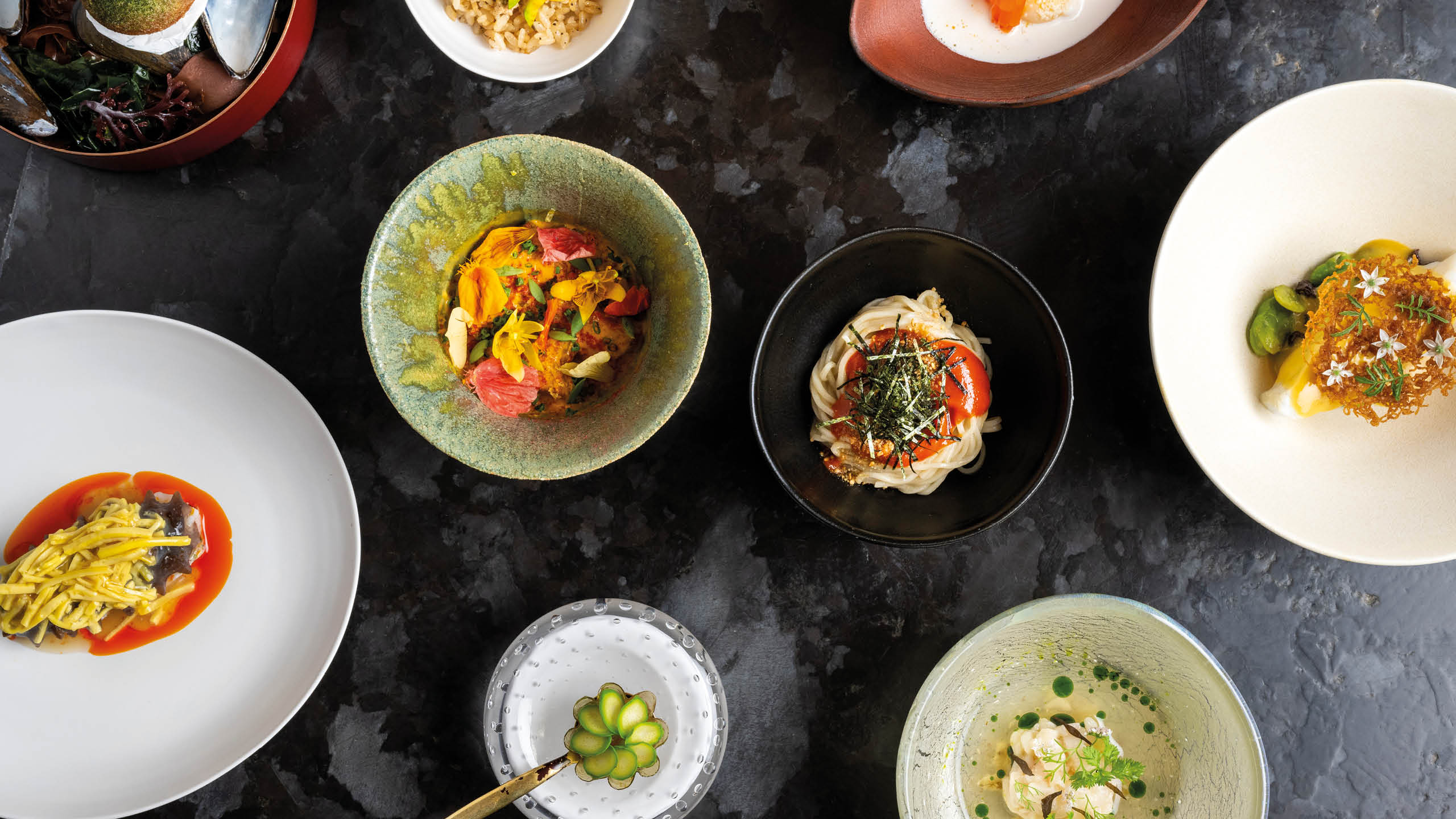
SPELLBINDING STORIES
A key element at Atomix is storytelling. “Compared to other art forms, such as painting or music, a meal is, by design, ephemeral. But it’s hard to retain the food memories that we’d like to keep with us,” Ellia Park explains. “We honed in on the storytelling aspect and tied in the importance of ingredients, history, culture, even our personal stories, through menu cards.”
Their menu cards have showcased everything from Korean painters to typographic art. “The menu cards, aside from being aesthetically considered and designed, are meant to be useful for all kinds of diners,” says Ellia. “Someone may want to remember the name of a specific herb they never tasted before. Another may want to remember the inspiration or story behind a dish. Others may want to know the origin of a certain produce. Personally, I love to hear about the process of a dish coming to life, so we also tried to input storytelling aspects to each dish. It also serves as a way for us to collaborate with admired creatives.”
Meanwhile Hemsley notes that “storytelling has become a big deal for me personally because I have developed so many tight relationships over the last couple of years.” The Aphotic head chef continues, “Our partners are fishermen, operators of aquaculture farms, land farmers, distillers, winemakers and diverse artisans in design and craft. In all of this, the fishermen take the cake in terms of incredible life stories. I have started to tell many of these stories on our blog.”
HIDDEN GEMS
While you don’t find close to the volume of fine dining restaurants in smaller American cities as you do in New York, San Francisco, Los Angeles or Chicago, the couple you might find often showcase casual quirk or regional history. New Orleans’ unique Mosquito Supper Club is a James Beard Award-winning treasure from chef Melissa Martin in a historic old home, showcasing – as does her lauded cookbook – coastal, sustainably sourced Louisiana seafood, historic Cajun dishes and traditions. Though at times uneven, tasting menus at Nola’s chill but ambitious Lengua Madre are a rarity in the South for modern, forward-thinking Mexican food from another creative female chef, Ana Castro.
In central US cities like Oklahoma City, you will find only a couple tasting menu restaurants attempting what is happening by the dozens in larger cities. The lauded, 22-seat Nonesuch (Bon Appetit’s Best New Restaurant in America 2022) and James Beard-winning chef Andrew Black at Grey Sweater are not leading sustainability or radically innovative dishes the way some of the aforementioned restaurants are, but they’re pushing the region forward like never before, while chef Black is a champion for Black chefs in fine dining.
TRULY UNIQUE
“Fine dining restaurants take many years, from idea to execution; an endless amount of dedication and labor,” says Atomix’s chef Junghyun Park. “Fine dining has a special place in our culture at large. It’s not simply an exacting, demanding form of labor or skill, not merely a symbol of ‘fanciness’ or status. It’s an artful expression of a philosophy of cuisine and culture with the power to change a city, even a country.”
“Without the growth of fine dining, the culinary world – and culture at large – would suffer a great loss,” Park continues. “From Noma and Nordic cuisine, to Central restaurant and Peru – we’ve seen how a fine dining establishment can change a country’s tourism, its economy, its identity. These restaurants are famed for their storytelling approach. The unique end-to-end experience they provide is an example of how a dining experience can explore a whole culture.”
Aphotic’s chef Hemsley agrees a unique personality is key in “a shrinking field with increasingly competitive players and wildly creative food.” He explains: “Classically, fine dining is embodied in restaurants that provide the highest level of excellence in gastronomy, beverage curation, service and decor; for me, all these categories are the baseline for participation. Guests are now looking for a sense of personality and originality when approaching a fine dining space.”
“Today, fine dining is about creating a memorable experience, one that results in an exchange of personal memories and stories,” chef Junghyun concludes. “If the previous generation of fine dining was like a glamorous Hollywood movie, a beautiful performance, we think today’s fine dining is more like an experimental film or a documentary, in how it shares and shapes personal experience.”
“If the previous generation of fine dining was like a glamorous Hollywood movie, today’s fine dining is more like an experimental film or a documentary, in how it shares and shapes personal experience”
Junghyun Park
Two Michelin-starred Atomix is led by husband-and-wife team chef Junghyun Park and manager Ellia Park. They quickly rose to #8 in the world on The World’s 50 Best Restaurants 2023, receiving their coveted Art of Hospitality award in 2022
Photography ©Aphotic Bread&Butter, Kelly Puleio, Peter Ash, Evan Sung, Atomix
We recommend
EAST MEETS WEST
The versatility, acidity and delicacy of Old World wines can help bring out the best of traditional Japanese ingredients. Virginia Miller speaks to a panel of Michelin-starred chefs
FRENCH CONNECTION
At Le Gavroche, Michelin-starred chef Michel Roux explores the potential of tasting fine French dining with a sip of sake
NEW HORIZONS: PORTUGAL
Portugal is considered one of Europe’s top tourist destinations, with a spade of new openings, including Casa Nossa, a shiny new lakeside retreat near Évora by the country’s most celebrated chef, José Avillez. Virginia Miller pays a visit
PROVENCE IN A BOTTLE
Soak up the South of France’s carefree lifestyle and sunny summer vibes with a sip of rosé, courtesy of boutique producers Maison Mirabeau and Wölffer Estate, writes Will Hersey
